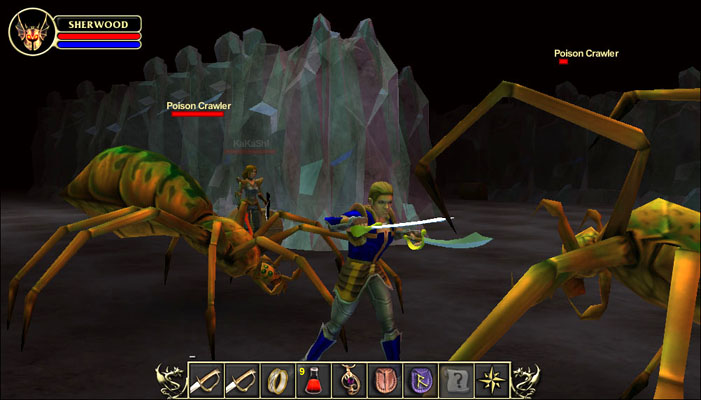


The implications of these findings for the assessment of MMORPG addiction are discussed.Its current expansion, Dragonflight, arrived late last year in November 2022, bringing things closer to home as players explore the Dragon Isles back on Azeroth, alongside a brand new playable race: the Dracthyr. Ordered logistic regression analysis showed that the variables years of gaming, total time spent playing online per week and employment status can have a major impact on the probability of MMORPG addiction. The results showed that 44.5% of gamers were classified as addicted according to the polythetic format and 3.6% were classified as addicted according to the monothetic format. A self-selected sample of 1,420 gamers ranging in age from 12 years to 62 years (mean age 23 years) completed an online questionnaire. Factors relating to online gaming were examined to establish whether they were linked to MMORPG addiction. The present study set out to establish the prevalence of MMORPG addiction using validated addiction criteria. Despite the many positives of gaming, alleged problems relating to MMORPG playing have emerged, more specifically in relation to addiction to MMORPGs among a small minority of players. Massively multiplayer online role-playing games (MMORPGs) have gained increased popularity over the last decade. Both of these aspects appear to be factors that may prevent potentially negative outcomes by inhibiting solitary play. Results indicated that socialization was one of the main motivational factors and that the gamers preferred the Player-versus-Player environment. The final sample comprised 253 Spanish WoW players (all young males), Factor analysis of the questionnaire scores showed the presence of four motivations for gaming: socialization, exploration, achievement, and dissociation. A questionnaire for assessing these motivations was developed and applied online to a collective of games.

The purpose of the present study was to assess the psychological motivations of playing World of Warcraft (WoW) and to relate them to socio-demographic variables and gaming styles. However, there has also been increased suspicion and social alarm that these games may possess an addictive potential, similar to other behavioural addictions, and that user may develop maladaptive behaviours with respect to these games. Some of the most popular game types are the Massively Multiplayer Online Role-Playing Games (MMORPGs). The popularity of playing videogames has increased considerably during the last few decades, and has become one of the most popular leisure activities worldwide. By exploring the prominent themes underlying women’s motivations to play casual games, the results provided potential new research directions for future research on women gamers from positively gendered perspectives. Results showed areas that were important to female casual-gamers included knowledge peripheral to games, domestic commitments and personal priorities influenced by gaming, and the social, financial, and emotional investment of games. The data were analysed for salient themes using Thematic Analysis. The participants comprised 16 adult female casual-gamers who completed two self-report online interviews (at the beginning and at the end of the study) and participated in an online blog/diary and discussion forum over a four-week period. As a consequence, a study was carried out to examine salient themes in the experiences and motivations of females who frequently play ‘casual’ video games. However, the empirical literature has consistently shown that males play video games more frequently than females, that males play for longer periods, and that both genders are equally likely to view game playing as a masculine pursuit.

Women are playing video games in ever increasing numbers.


 0 kommentar(er)
0 kommentar(er)
